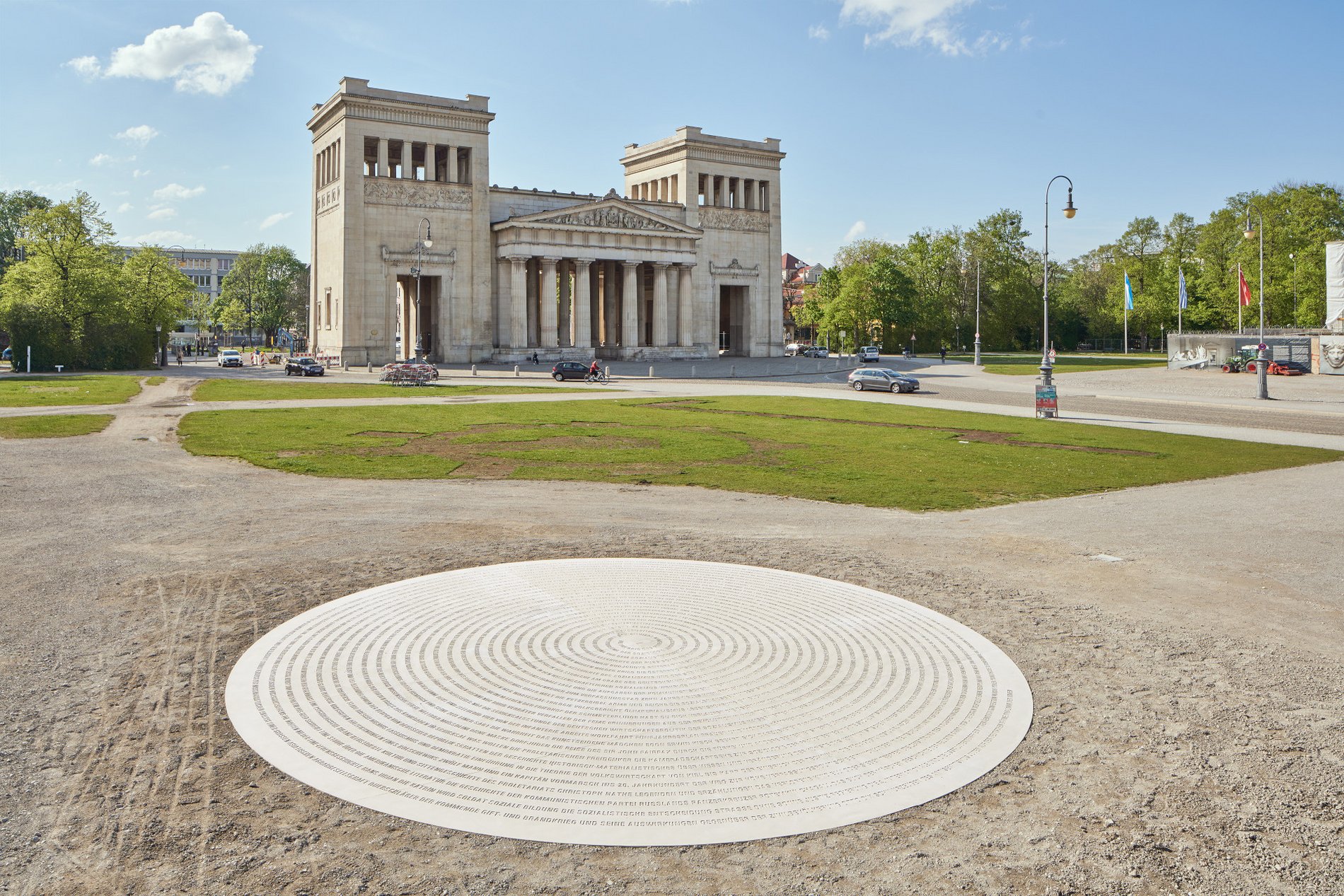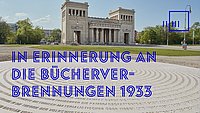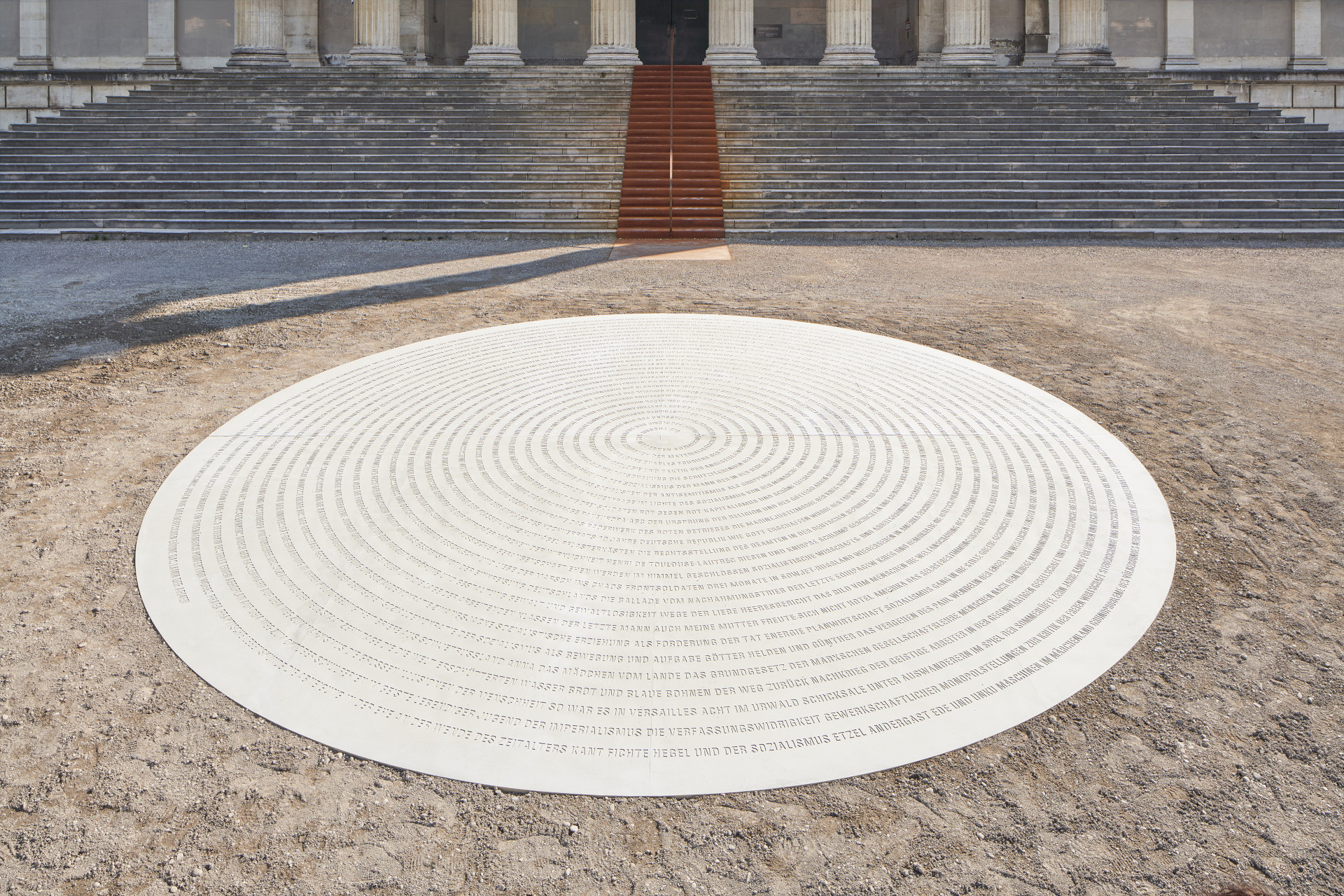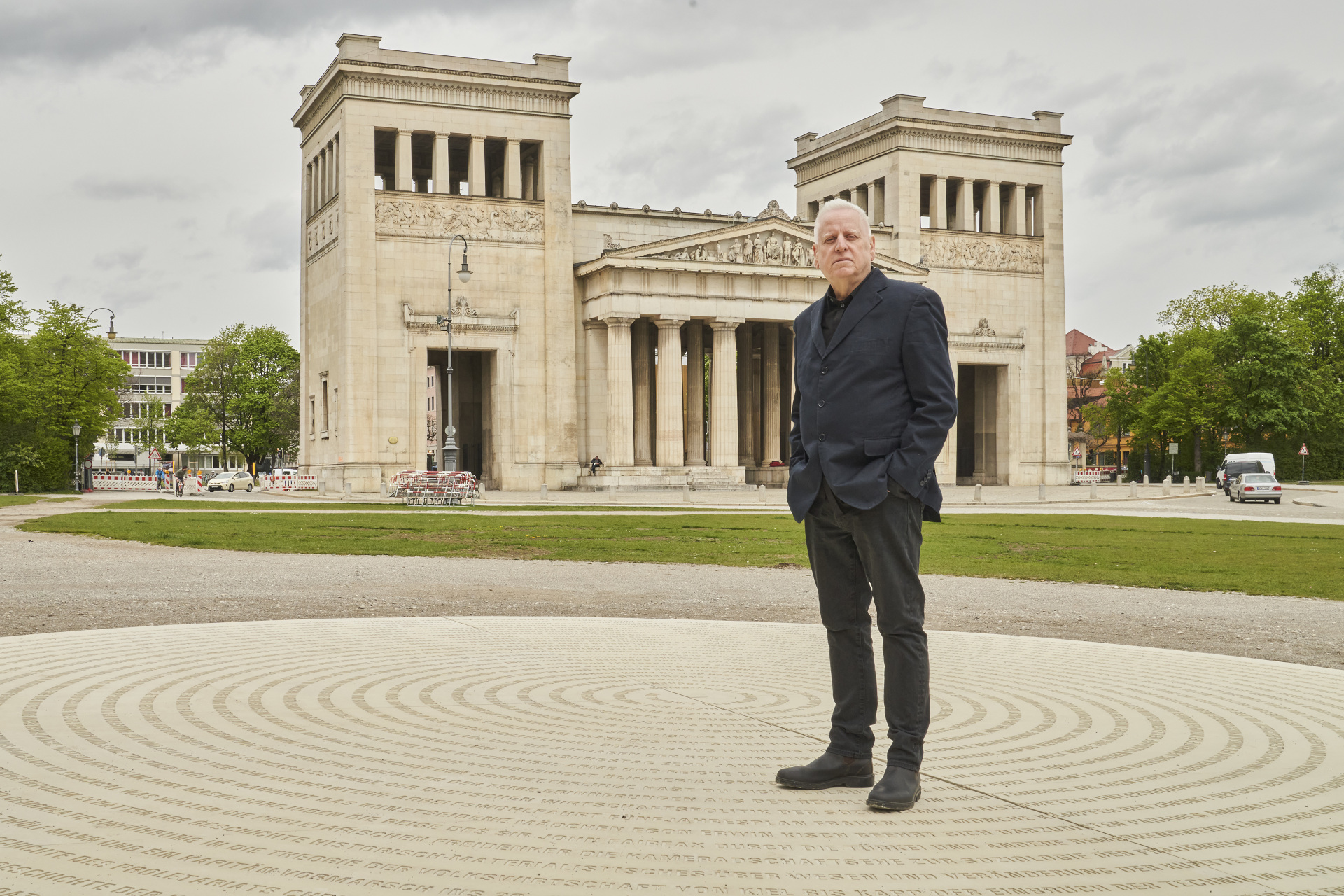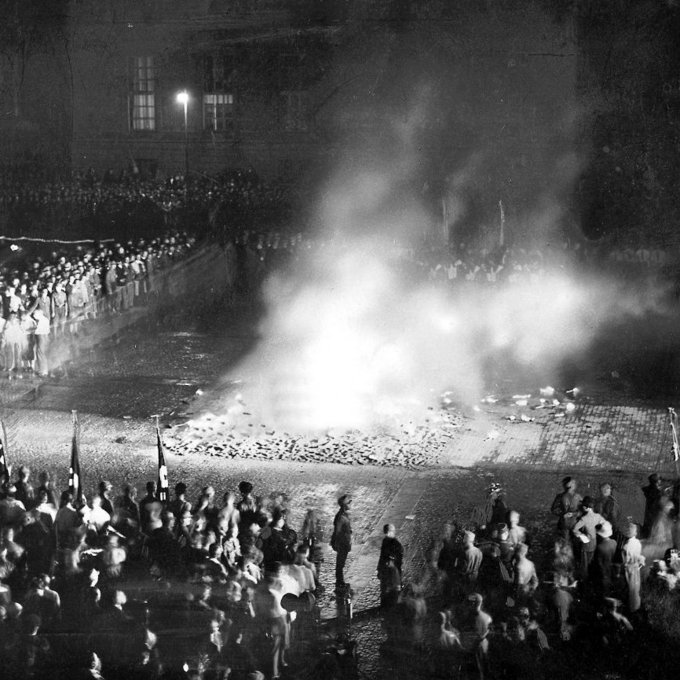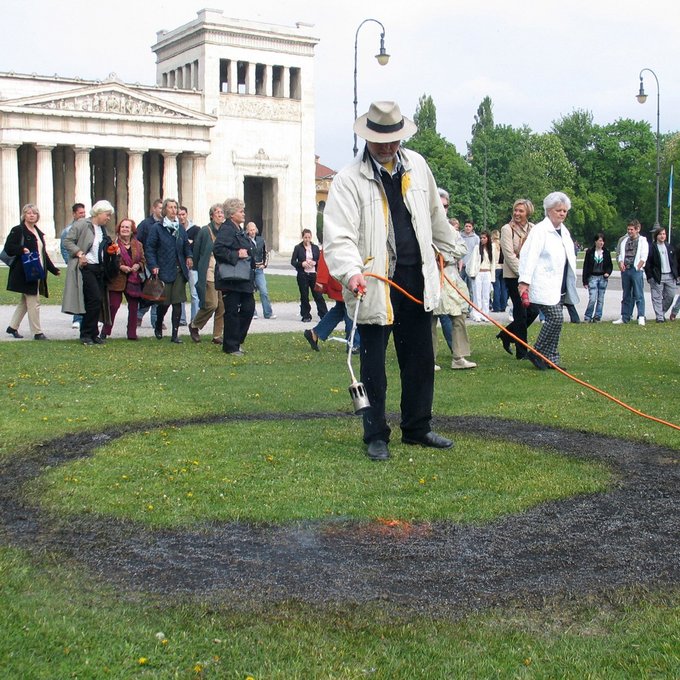Dreyblatt’s art works scrutinize the processes and discourses of the culture of remembrance and reflect on categories such as memory and archive in complex textual and spatial visualizations. His projects includes installations, digital spatial projections, dynamic multidimensional text objects, and artworks in public space. His works have been exhibited and performed internationally in galleries, museums, and public space.
Arnold Dreyblatt’s extensive oeuvre includes works for the Women’s Concentration Camp Memorial Ravensbrück (Calendarium and Inmates I & II 2013/14), the Berlin-Hohenschönhausen Memorial (Das Dossier, 2013), the German Federal Ministry of Agriculture (Inschriften/Inscriptions, 2010), the Jewish Museum Berlin (Unausgesprochen/Unsaid, 2008), and the Center for Holocaust and Minorities, Olso (Innocent Questions, 2006). He has also received many commissions and awards including the visual arts prize of the Berlin Academy of Arts (2000) and the artist’s prize of the Foundation for Contemporary Performance Arts in New York (1999).
www.dreyblatt.net
The project team
Design: Arnold Dreyblatt
Project management: Dipl.-Ing. Robert Patz, Dipl.-Ing. Bastian Beyer
Art education: Dorothea Strube
Realization: Hemmerlein Ingenieurbau GmbH Bodenwöhr
Excavation work and foundations: Glass GmbH Bauunternehmung München
3D modeling: Dipl.-Ing. Steffen Samberger
Information board: Paul Buchstaben Werbetechnik GmbH Berlin
Special thanks to: Dipl.-Ing. Karl Erhardt, Hemmerlein Ingenieurbau GmbH,
Ina Laux (LAUX Architekten), Lars Ulonska (Glass GmbH Bauunternehmung), Dirk Lebahn (eye-D mediengestaltung)


